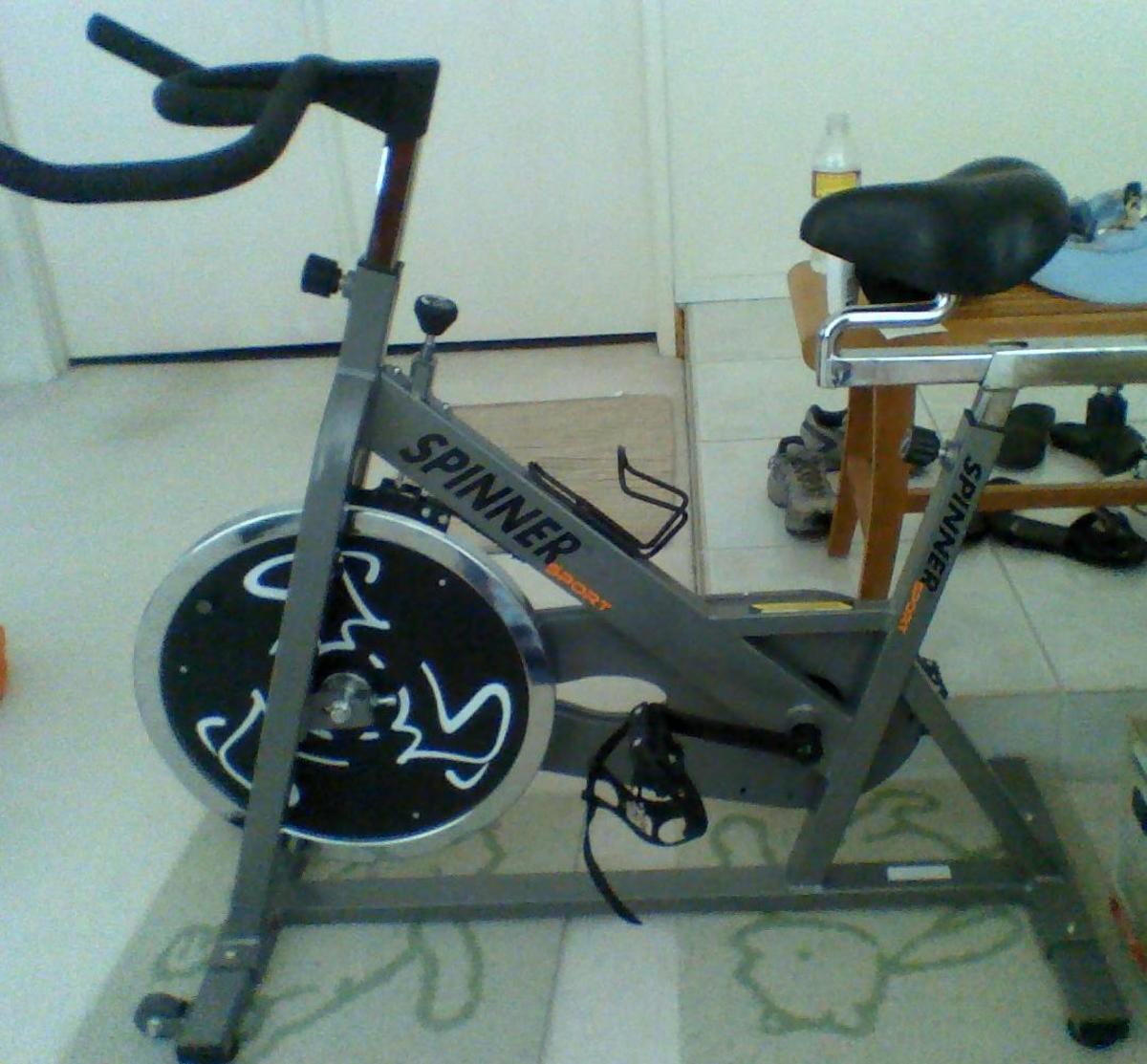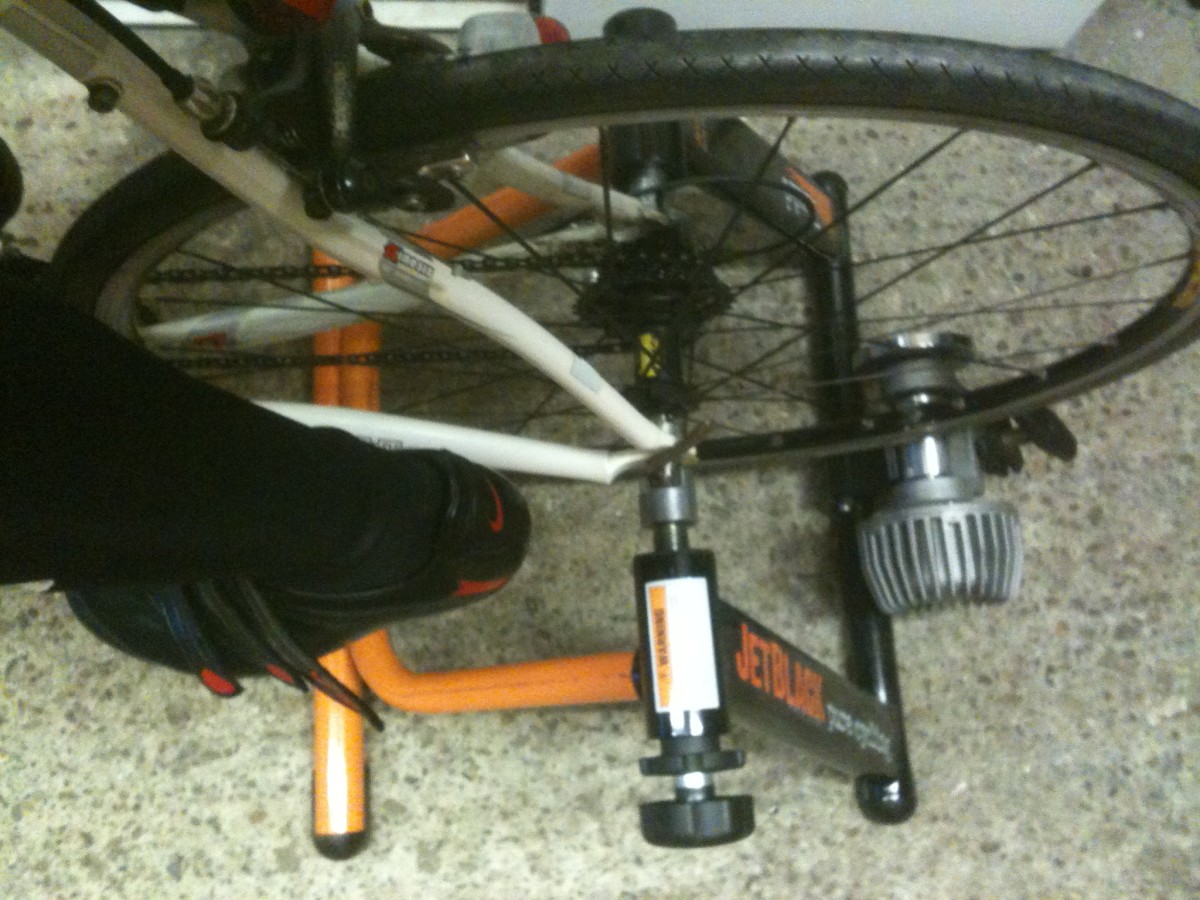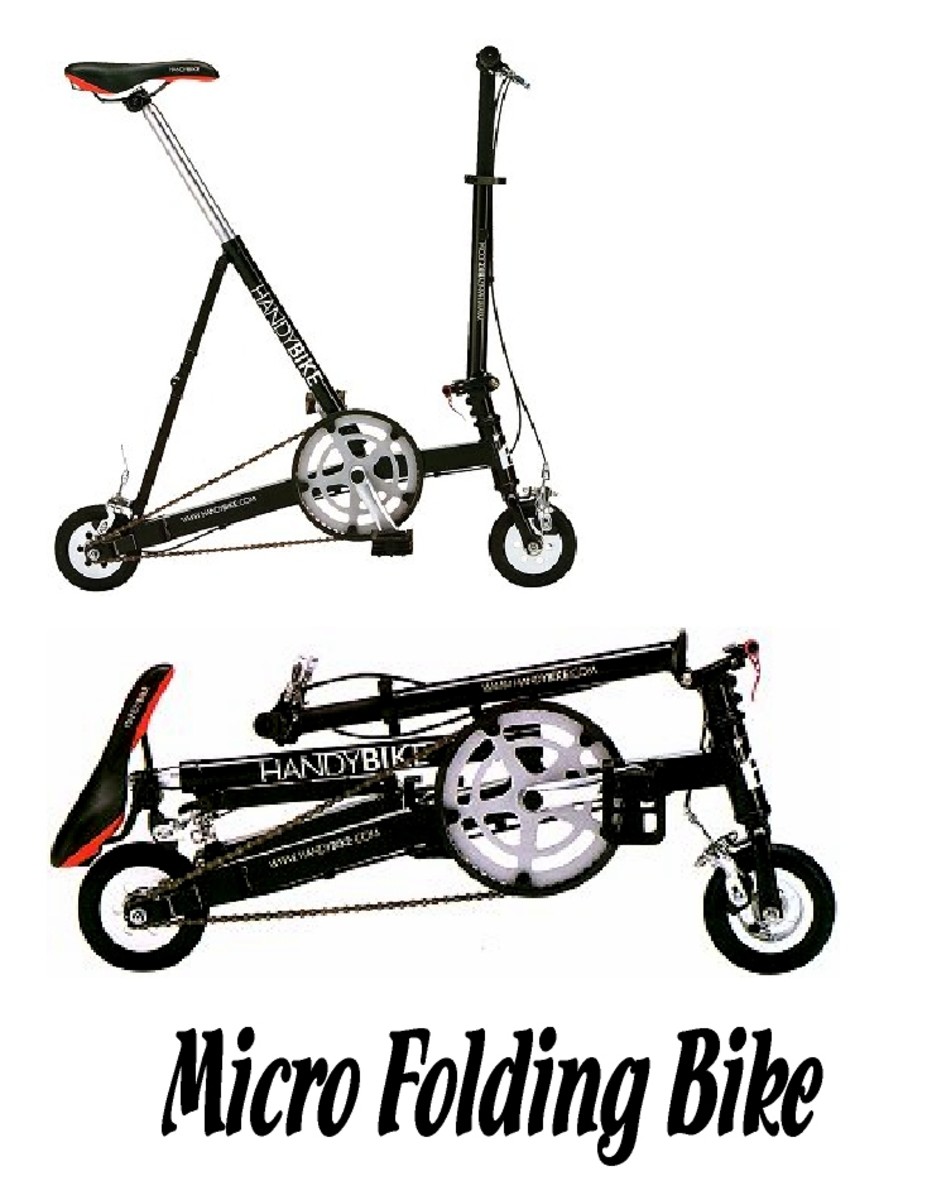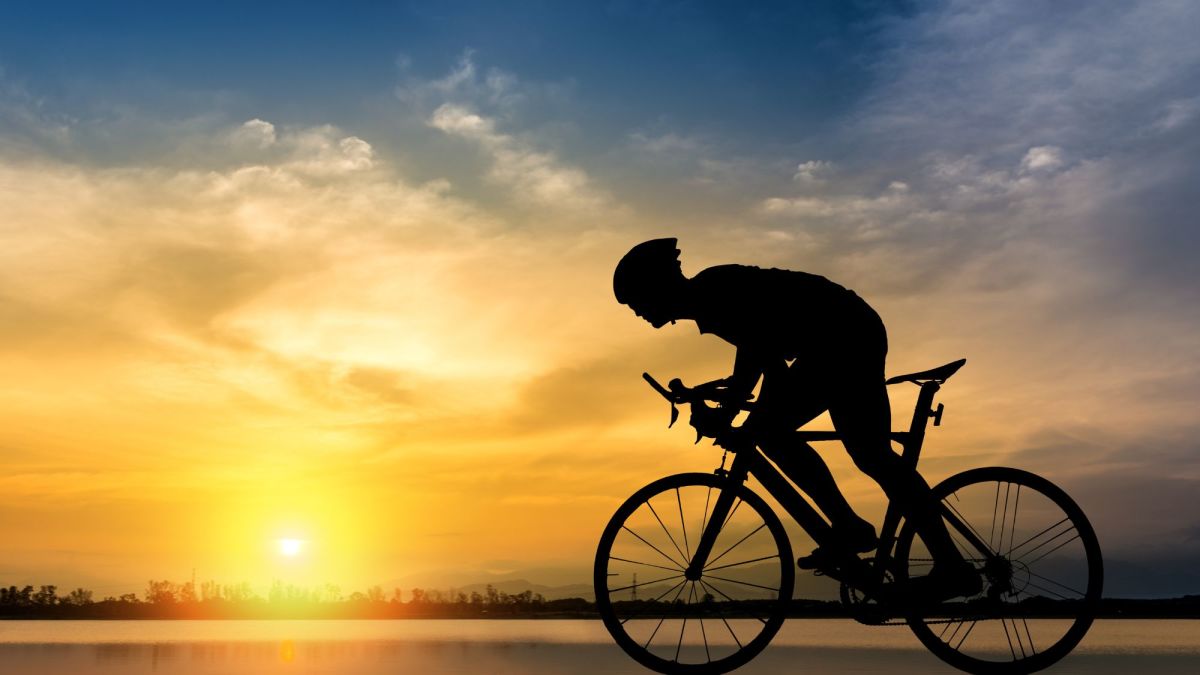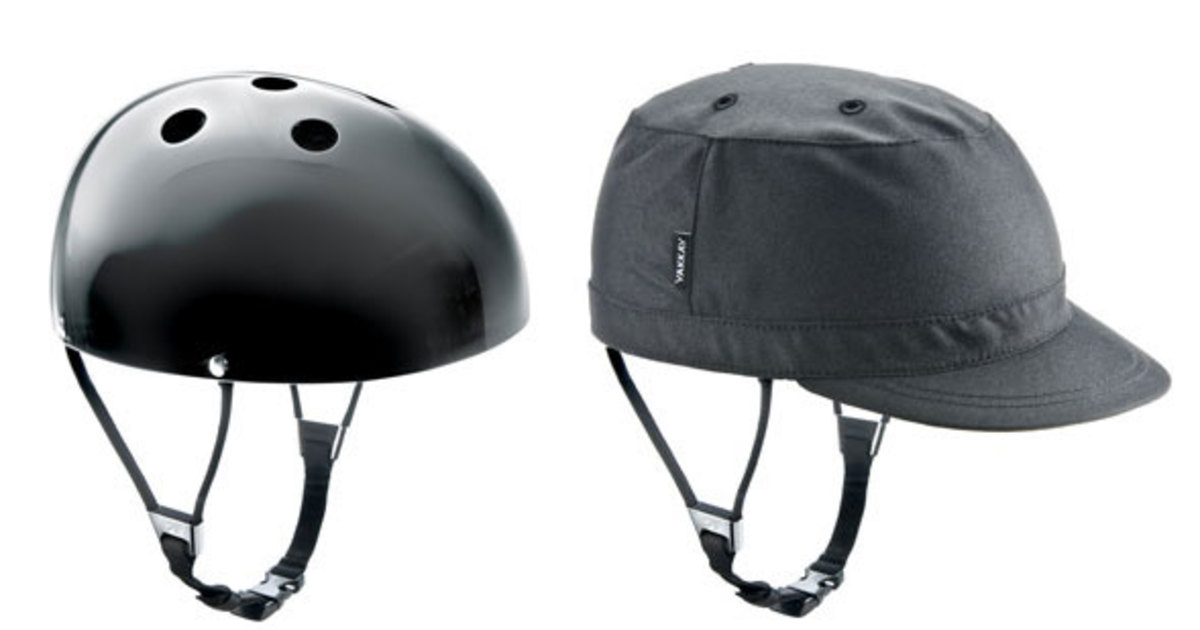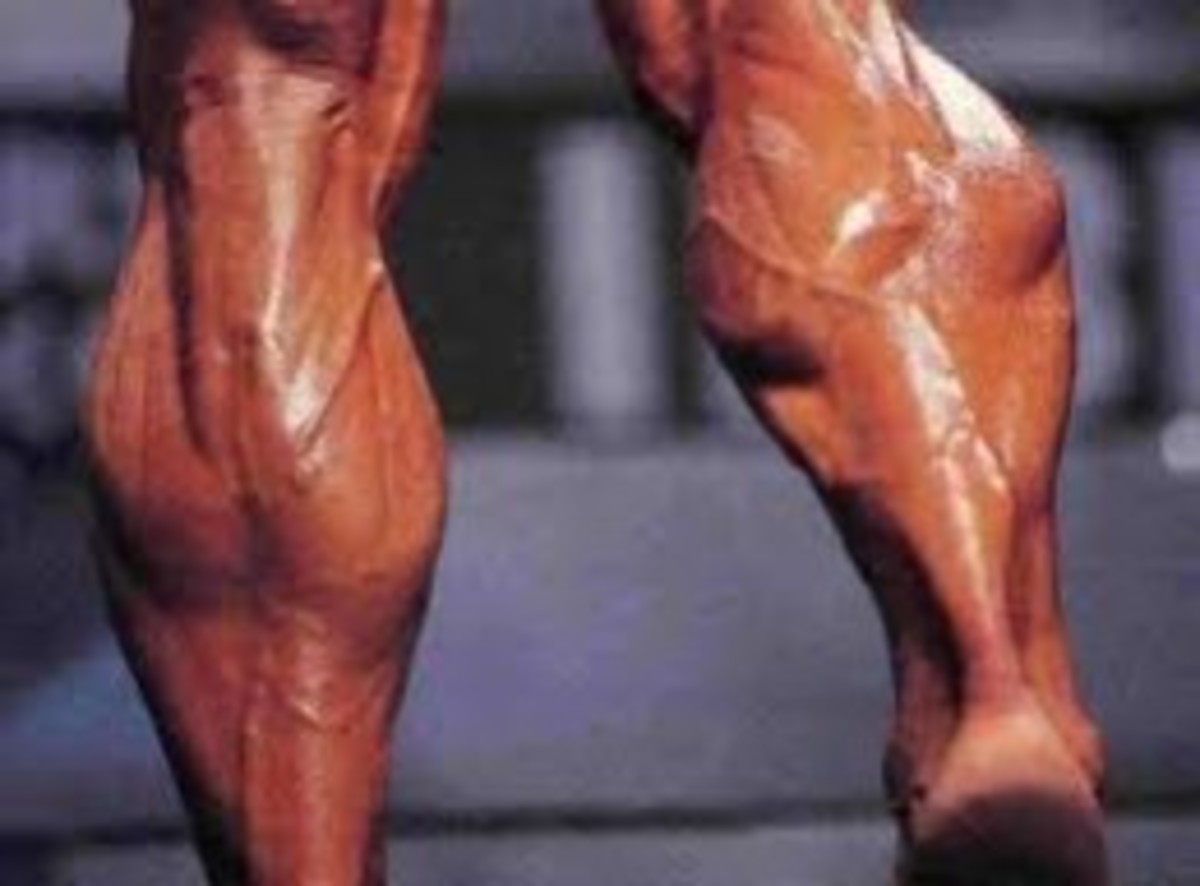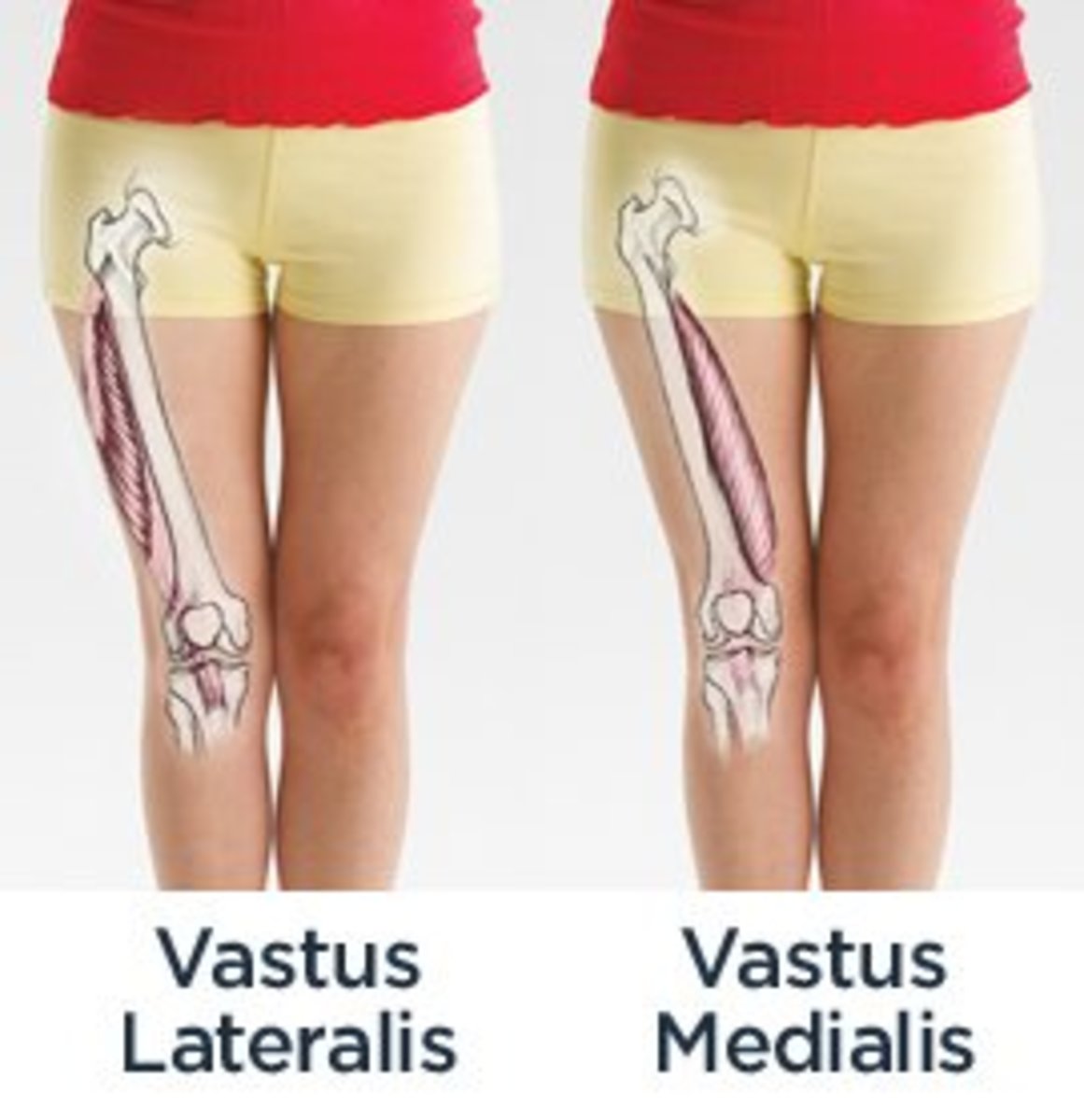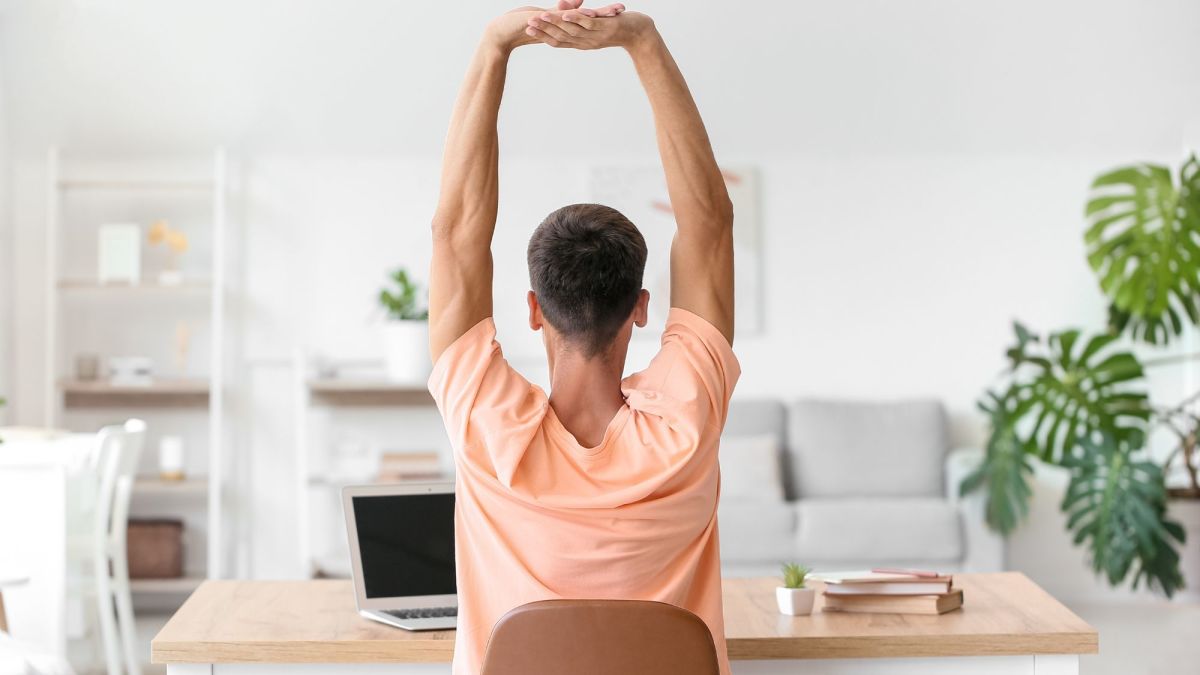How to Get On Your Bike and Ride On Bicycle Roller Trainers - And Why You Want To
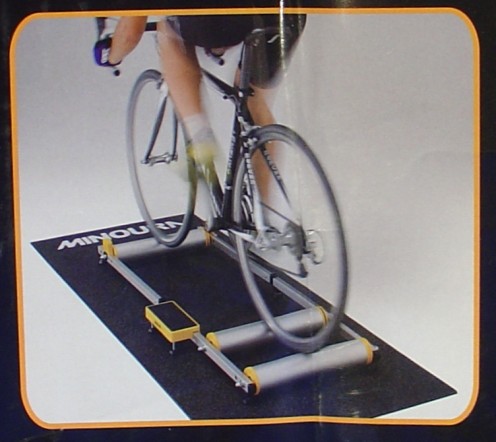
The Need for an Indoor Bike Trainer
I used to be seriously overweight. When 40 hit, I got age-conscious. Suddenly, time and health became precious commodities. I started puttering around with weights, then got a bicycle. That first ride was memorable. My son, John, wished me luck as I pedaled into the sunset. Three minutes later, I'm back, putting the bike away, and John asked "What happened - are you alright?"
Well I was doing great! That first trip might have only been the length of a long driveway, but it was the beginning of hundreds of miles and several bicycles worn out. Starting off easy with short trips, each day took me a little further. Eventually, it got to 13 miles a day. Why 13? Because that's how far one hour of riding took me. Plus, it ended exactly back at my front door. No matter the schedule or the weather, never miss, no excuses. There used to be a German Shepherd that would chase me the length of his fence. One stormy night, he refused to leave his dry shelter to run after me. As he barked from the comfort of his porch, I yelled "You're not committed!"
That was a moment of enlightenment for me. You can be short on commitment, but you can overdo it as well. With my job at the time, sometimes my ride was at 2:00 - 3:00 in the morning. Between the late hours, varied weather, and danger from traffic, there was definitely a risk when I went riding. Not knowing what else to do, I kept at it.
His first try? He's Great!
Then I found out about bicycle rollers, a type of indoor bike trainer.
It sounds odd, and most people can't even guess what they are. As you
can see, it's a rectangular frame, with three rollers attached. You
take a regular bike, put it on top, and start riding. Don't forget to
pedal fast. Really fast. Or you keel over... no kidding. There's no
mounting, no attachments, nothing to fix the bike in place. The faster
you pedal, the more stable your ride, the less chance you fall over.
There's no forward movement, so balancing is much trickier than on
normal ground.
It also takes more effort. I was bicycling an
hour a day when the rollers arrived. At the beginning, after the
equivalent of one mile, I was beat! John came home one day just as I
had done a mile and staggered off the bike to the couch. I'm gasping
like a fish out of water, sweating all over the furniture. First he
thought I was having a heart attack. Then he just thought I was wimpy.
Then he tried a mile, and shortly found himself sitting beside me on
the couch, gasping and sweating.
So yeah, it takes some
practice. After a while, you get the hang of it. Learning to balance
was also daunting. Placing the rollers in a door frame, I figured if I
fell, either side would catch me. That was a nice plan, but you have to
grab the doorway BEFORE you fall. The rollers faced north, the bike
veered west (steering is also an issue), fell over sideways, and before
I could let go of the handlebars, smacked my ribs hard on the doorway.
Thought one was broken for a while. Guess that's where the 'training'
part of 'indoor bike trainer' comes in!
Eventually, things
worked out. Once you get used to the rollers, you can ride any time, in
the comfort and safety of your own space. I still enjoy a good spin
around the neighborhood. But when I need, I can ride the bicycle
rollers and get all the feel of a genuine bike ride. It requires your
attention, or you don't stay up. You have to maintain effort all the
way. There's no coasting. Stop pedalling, fall over. Period.
This
may not sound like a recommendation, but actually, it is. You might be
thinking a stationary bike is safer and easier. That's true, but when I
ride the stationary bicycle, my focus wanders, and my intensity drifts.
Try that on the rollers, and you'll be taking an unplanned detour! The
rollers provide a challenge I just can't get on a stationary bike. It
feels like a real ride, which I enjoy more. After a while, you can even
learn to watch tv, or play music, without losing your balance. I have
an electronic ebook reader that can read books out loud. That makes the
ride go by quickly.
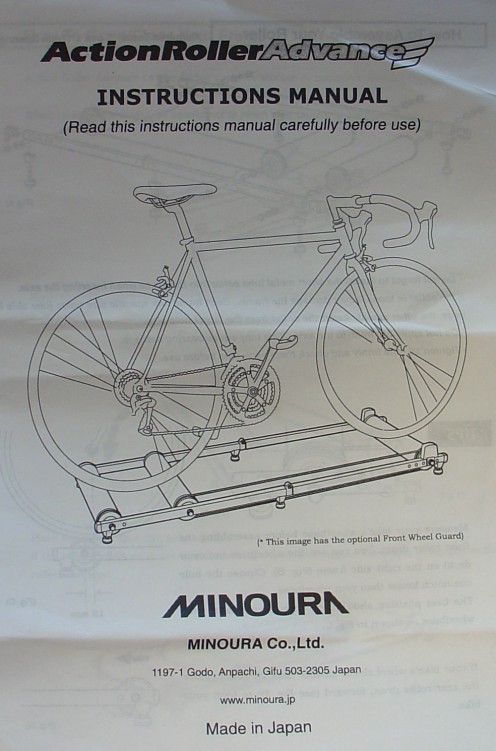

Using the Bike Rollers
As far as choosing one, there are several factors. My first one was a no-name cheap model, and wore out quickly. The second one is a Minoura, and it's lasted years. You can buy them with differing levels of resistance. For me, it's enough just to change the gears I pedal in. High gear for a fast-paced shorter ride if I'm targeting strength. A lower gear for long steady rides when endurance is the goal. Sometimes, variety keeps things interesting.
My Minoura bicycle rollers came with accessories. A step to get on the bike... that got tossed early on. But the stoppers for up front are cool. They help the front wheel stay on the roller. Others come with other options. I've even seen a sweat-catcher that protects your bike from being 'sweated' on! To each their own. The roller frame is very light, and folds in half for easier storage.
When learning, it really does help to place the rollers in a door frame. To begin with, keep one hand on the handlebar, and the other on the frame. Once you've found your balance, you can put both hands on the handles unless you wobble. Just be prepared to grab the frame quickly. After some practice, you don't really need the frame any more, though it never hurts to be safety conscious.
Most instructions say "Don't look down at the handlebars, instead stare straight ahead." From my experience, it really doesn't matter.
Pedal fast. Faster. No, really fast. The faster you go, the more stable you'll be.
Finally, stick with it. It may be easier for some to learn than others. In my case, it took 2 months before I could ride without needing a nearby wall to grab. It was 2 months well spent. I love my bicycle rollers!


